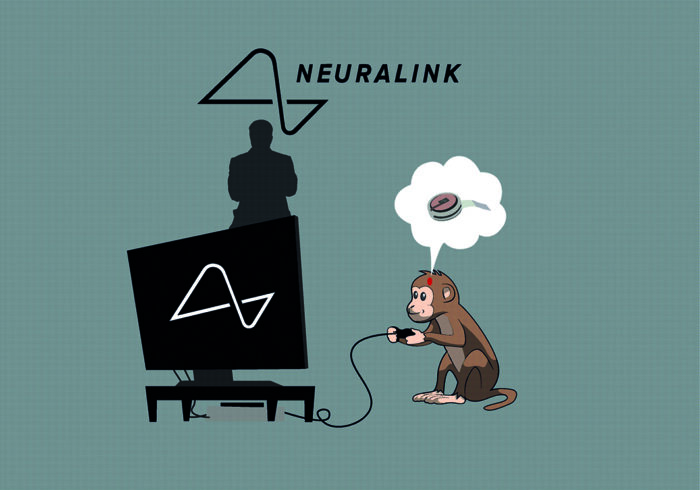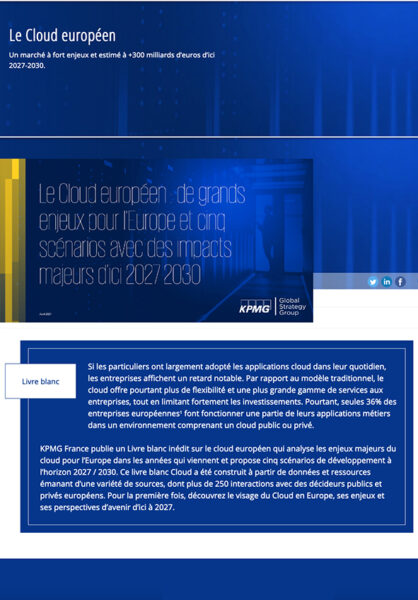Dominique Dubarle, the author of this article, which first appeared in 1948, was a Dominican friar. A philosopher and theologian, he was Dean of the Faculty of Philosophy of the Catholic Institute in Paris and also an expert at the Second Vatican Council. He was also intimately conversant with mathematical logic and nuclear physics.
This article first appeared three years after the first electronic calculating machine came into service in 1945 in the United States (though electro-mechanical calculators had been built before the war). This was the ENIAC machine (Electronic Numerical Integrator Analyser and Computer). During the Second World War, the British had built the Colossus calculating machine and broken the Wehrmacht’s secret Lorenz code with it. The life of ENIAC was short and it was, at the time, the only known example of an operational electronic “computer”. As early as 1945 the mathematician John von Neumann had proposed building a more efficient model operating on binary logic.
Dominique Dubarle’s article was a genuine piece of scientific foresight, since it formulated hypotheses on the development of future calculating machines and their application to many sectors of economic, social and political life that have since proved accurate. It is noteworthy, for example, that he points out the importance of computers for the rapid processing of data and their use for “automatic bibliographical listing”, which is possible today thanks to the World Wide Web. He also stressed the importance of the founding text of cybernetics which Norbert Wiener had just brought out in France with the Hermann publishing house: Cybernetics, or Control and Communication in the Animal and the Machine (Paris, 1948). As a philosopher and subtle mathematician, Dominique Dubarle ended his article with a warning against the dangers of blind faith in the virtues of these new sciences: “human processes” could not, he said, be predicted with the aid of “cold mathematics.” These premonitory remarks might also have been profitably studied before the crisis of 2008 by the enthusiastic proponents of financial mathematics.



